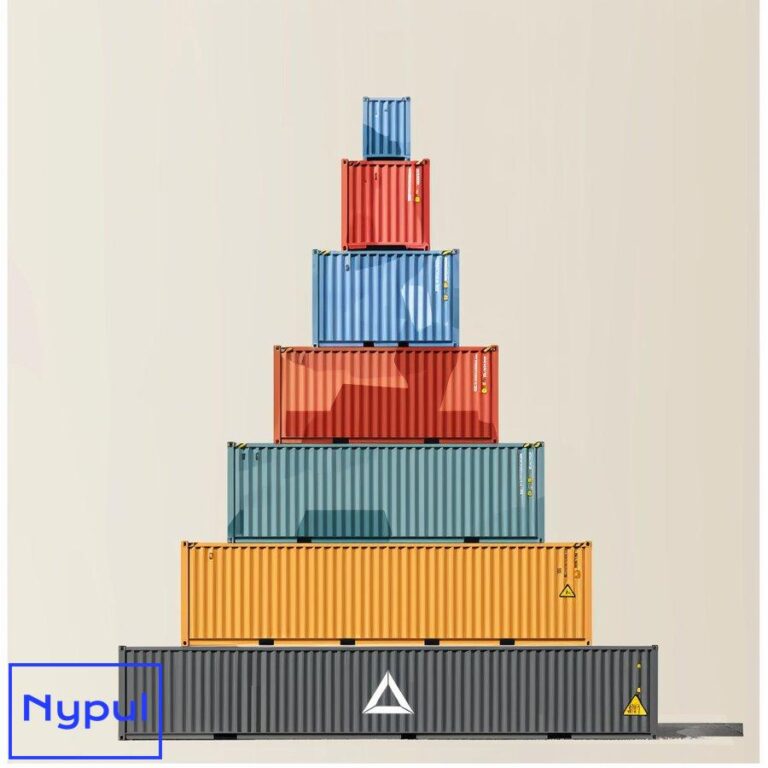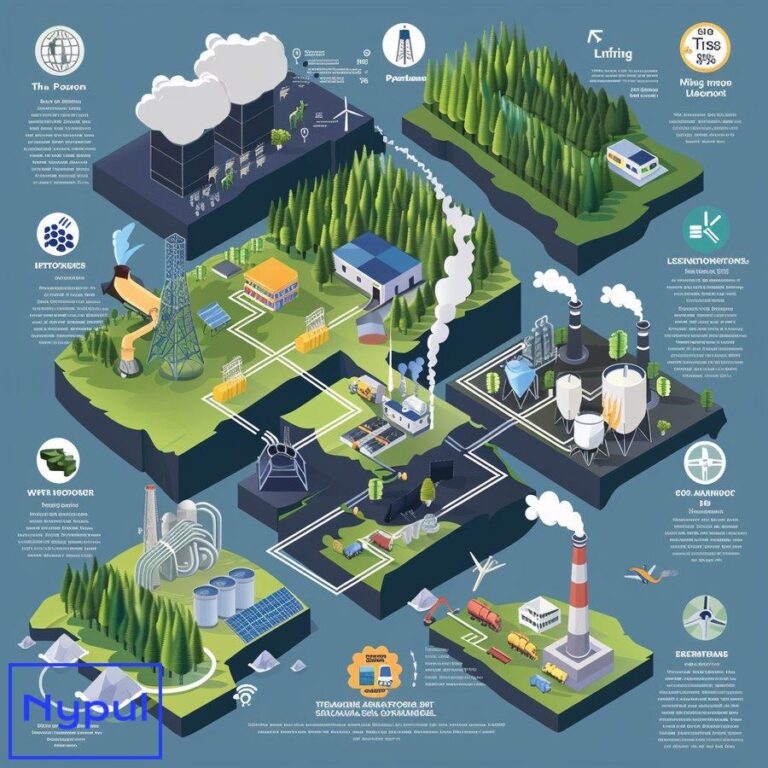What Is the Best Way to Stack Shipping Containers
What are the fundamental principles of container stacking? Container stacking is a critical operation in logistics and supply chain management. The fundamental principles of container stacking revolve around safety, efficiency, and space optimization. These principles guide the entire process, from planning to execution, ensuring that containers are stacked in a manner that maximizes storage capacity…









